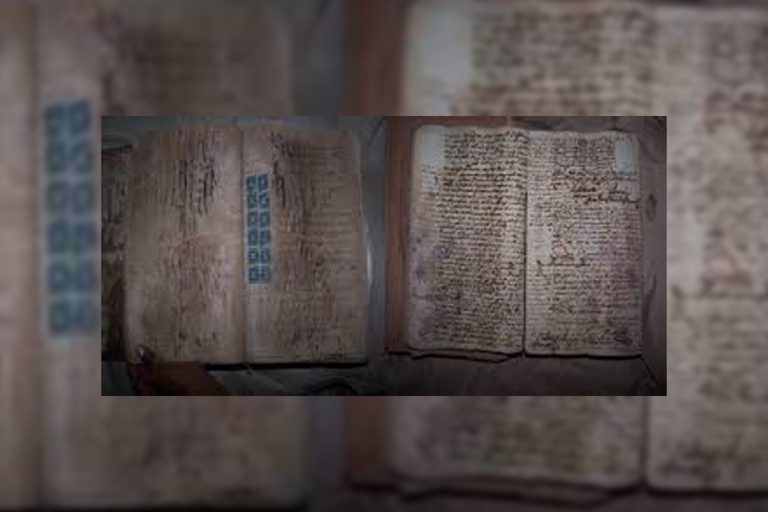One of the contributions of historians is to become professionals of memory, in the livelihood of the peoples, in the poets and novelists of each historical period and in the essential chronicler of the present, hence the social function of history in the preservation of cultural heritage, which is largely based on the interrelation of humanity.
The safeguarding of Cuban heritage owes much to the work of historians who in large cities or small towns dedicated their lives since the first decades of the 20th century to preserve the historical cultural values of each place.
The effort of Dr. Emilio Roig de Leuchsenring, founder in 1936 of the Office of the Historian of the city of Havana; joined wills in pursuit of heritage conservation and restoration, this extends to some Cuban cities, including Camagüey, which had an essential voice in the work of Jorge Juárez Cano for these boldness.
Juárez Cano was a self-taught scholar, who in 1929 published the work Camagüey Notes, a text that on a chronological basis invites us to acquire a comprehensive knowledge of the region and its inhabitants. He collected information on the city and its inhabitants, and without possessing the current tools and methods of historical science, he knew how to save from anonymity in notes and manuscripts from the most sui generis details to the most shocking data to articulate the story from a broad spectrum to new points of view regarding life stories, families, customs, city modernization processes and urban life, among other topics that complement the social and the individual. The collection that bears his name in the Provincial Historical Archive, with contents grouped into 138 folders, is undoubtedly one of the employees.
Remembering his work
Winner between 1932 and 1935 in the Rodolfo Ramírez de Armas competitions, dedicated to biography and sponsored by the Academy of History, he became the corresponding academic of that prestigious institution in 1939, due to his merits in research and dissemination of history, in 1939, a recognition that he held until February 16th, 1940 when he died.
His responsibility with the culture and history of Camagüey earned him in 1937 the official appointment by the City Council as the first historian that the city had and president of the Culture Commission, from this position he becomes the architect of the patrimonial safeguard, his accurate, energetic and suggestive judgments protect the projects related to the historical, architectural, urban and social values of his “small homeland”, the preservation actions that he proposes are aimed at recovering colonial values of the buildings and their surroundings, but at the same time modernizing the public spaces, an attitude that is visible, for example, in the effort to pave San Juan de Dios Square.
His look at the experiences of Havana, and of other regions of the country or beyond Cuba, allows him to accentuate his position from which he suggests to the Municipal City Council the declaration of some urban sites as national monuments, among them the emblematic spaces of the city: San Juan de Dios and Carmen squares, currently the two most important areas where nineteenth-century constructions are highlighted and the best preserved in town. However, he does not see his endeavor completed, but thanks to his initiative in 1941 the Camagüey City Council declared San Juan de Dios Square and its surroundings as a Municipal Monument, starting a process to inscribe it, together with the El Mayor Birthplace, among the national monuments.
Today, the workers of the Office of the Historian of Camagüey city, heirs of his legacy, are convinced of the social challenge that we face and as the unforgettable historian Eusebio Leal Spengler put it: «The historian’s office is a pseudonym of society and the nation in which we were born created to defend on behalf of all the natural and spiritual heritages of the Cuban people »
Translated by: Aileen Álvarez García






